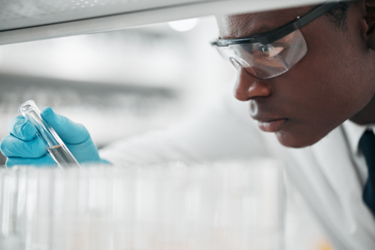Cell Culture Vessels Comparison: HYPERStack vs. Traditional Cell Culture Vessels

Traditional flasks for adherent cell culture, while simple and inexpensive, quickly introduce inefficiency and contamination risk as production needs scale up. For large-scale biomanufacturing, overcoming these bottlenecks requires advanced vessel technology.
Modern cell culture vessels utilize innovative designs, such as a unique, ultra-thin gas-permeable film, to significantly boost cell growth surface area within a compact footprint. This advanced technology facilitates a highly efficient direct gas exchange at the cell surface, eliminating the reliance on a media headspace. This approach allows for high-density cell growth and superior yields compared to conventional vessels. Furthermore, these systems are designed for closed-system operation, drastically reducing the risk of contamination—a critical factor for therapeutic product manufacturing. Moving from research to full bioproduction scale is streamlined by the platform fidelity of these vessels, offering resource-efficient and consistent cell expansion. For example, some biomanufacturers have realized a 250% increase in cell production capacity with only a marginal increase in operating costs.
Access the full article to learn how advanced cell culture vessels can transform your bioproduction workflow.
Get unlimited access to:
Enter your credentials below to log in. Not yet a member of Bioprocess Online? Subscribe today.
